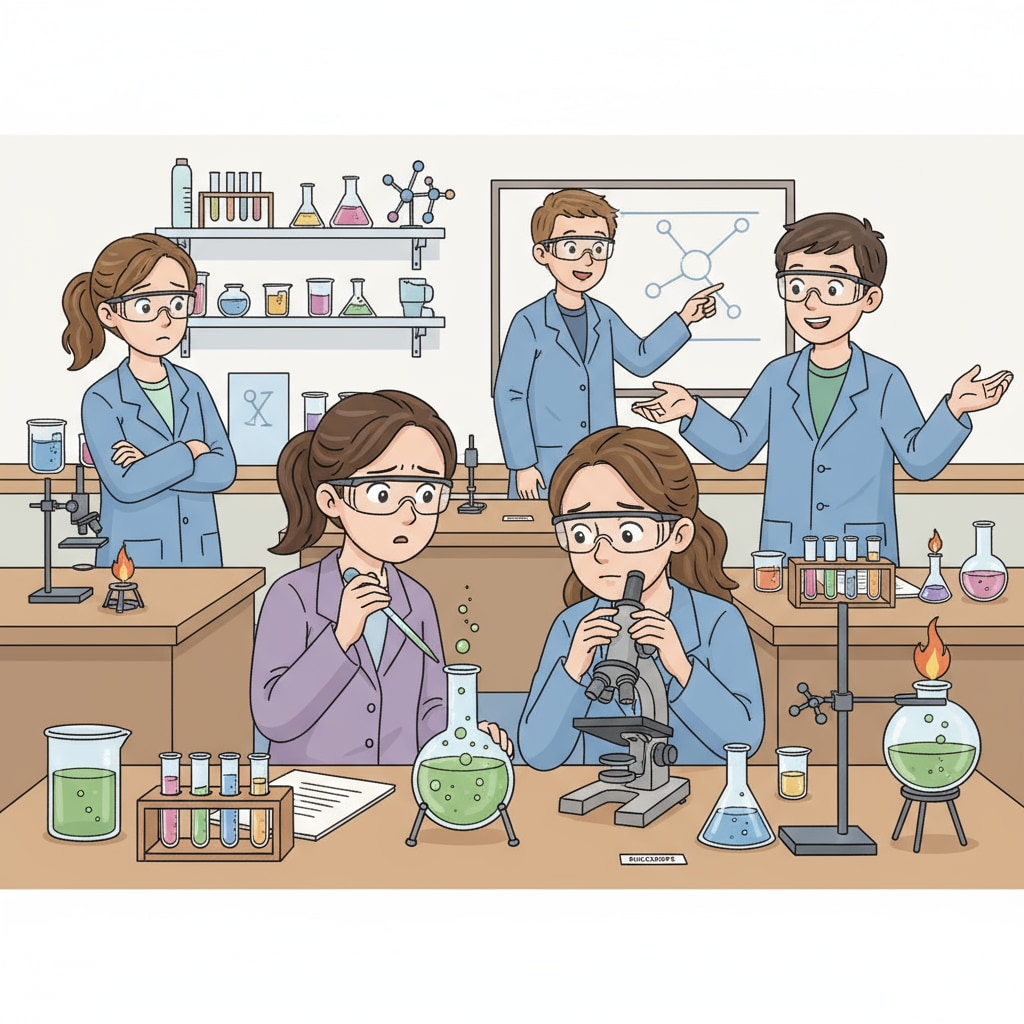STEM education has long been a subject of interest, especially when considering gender differences and teaching practices. There is a notable underrepresentation of girls in science, technology, engineering, and mathematics (STEM) fields. This article aims to explore the challenges girls face in STEM learning and propose effective teaching strategies.
Challenges Faced by Girls in STEM
One significant hurdle is the gender stereotype. Society often associates STEM with masculinity, creating an implicit bias. For example, many assume that boys are naturally better at math and science. This stereotype can lower girls’ confidence in their STEM abilities. According to Britannica’s entry on STEM education, these preconceived notions can limit girls’ interest and participation in STEM subjects.

Creating a Supportive Learning Environment
Educators play a crucial role in fostering a positive learning atmosphere. Teachers should actively encourage girls to engage in STEM activities. For instance, by highlighting female role models in STEM fields. As per Wikipedia’s page on gender equality in education, seeing successful women in these areas can inspire girls to pursue STEM. Teachers can also use inclusive teaching materials that feature diverse genders in STEM scenarios.

In addition to the above, hands-on learning experiences are highly beneficial. Labs, projects, and real-world applications can make STEM concepts more tangible for girls. This approach not only enhances understanding but also boosts enthusiasm. Moreover, providing mentorship opportunities can help girls navigate the challenges of STEM education. Female mentors can offer insights based on their own experiences, further motivating girls to excel in these fields.
Readability guidance: By addressing the challenges and implementing these teaching strategies, we can work towards breaking the gender barriers in STEM. This will enable girls to fully realize their potential in science and math, contributing to a more diverse and inclusive STEM workforce.


